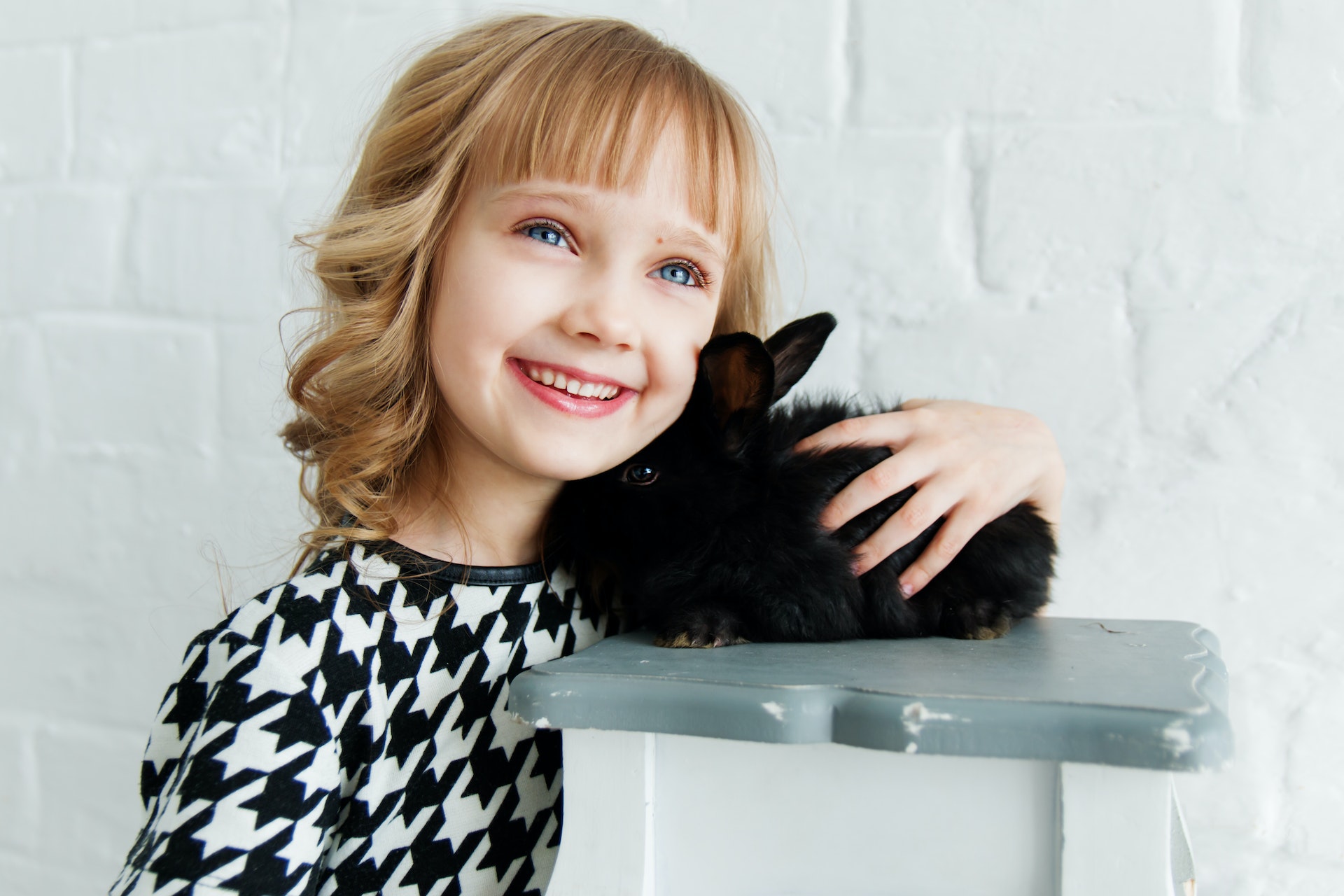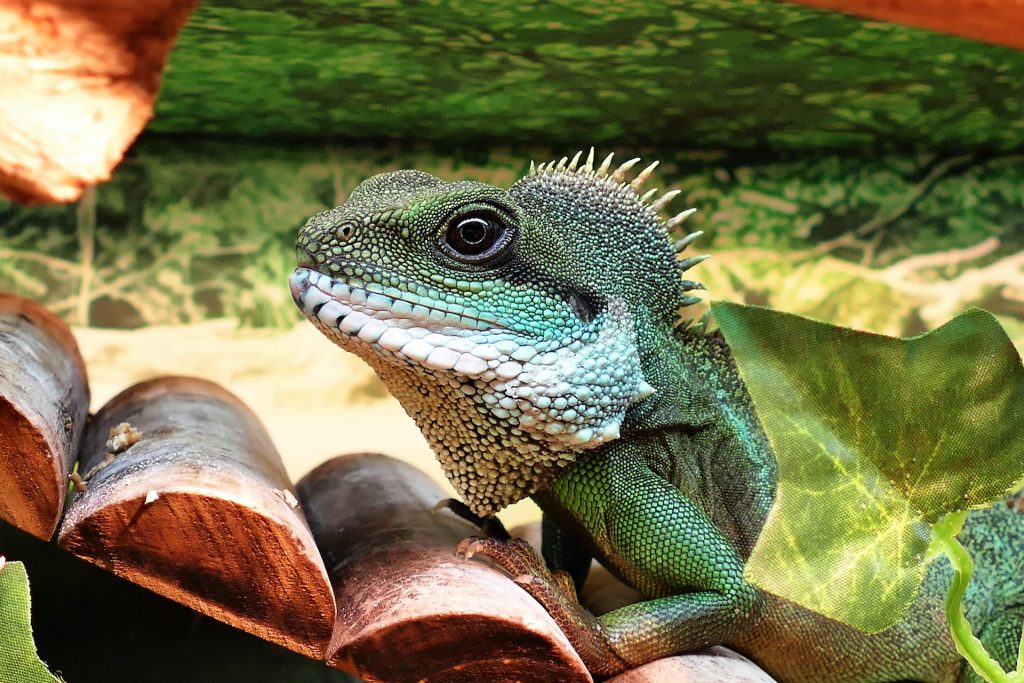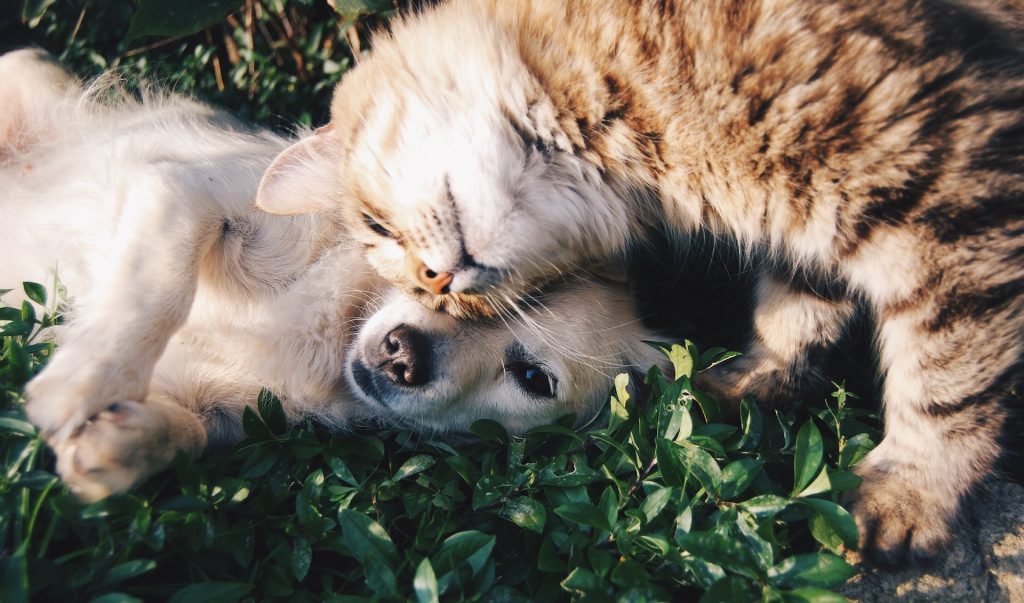
Here are some tips to care for your pet bunny:
- Diet: It is important to feed your bunny a diet that is high in fiber and low in fat and protein. A good diet for a bunny consists of hay, a small amount of fresh vegetables, and a limited number of pellets. Avoid giving your bunny too many sugary treats or fruits, as these can lead to health problems.
- Housing: Your bunny should have a spacious cage with plenty of room to move around and play. The cage should be kept in a quiet, cool area of the house, away from direct sunlight and drafts. Bunnies also need daily exercise outside of their cage, so be sure to provide them with a safe area to play and explore.
- Grooming: Bunnies need regular grooming to keep their fur clean and healthy. You should brush your bunny at least once a week and give them a bath every few months, using a specially-formulated bunny shampoo. Trimming your bunny’s nails and checking their teeth regularly is also important to ensure their overall health and well-being.
- Health concerns: Bunnies are prone to certain health issues, such as dental problems and heatstroke. To prevent these issues, it is important to keep your bunny’s environment clean and cool, and to monitor their diet and exercise. Regular visits to the veterinarian are also essential to catch any potential health problems early on.
- Bonding: Bunnies can be very social animals and will benefit from spending time with their human companions. Spend time every day interacting with your bunny, whether it be playing with them, grooming them, or simply sitting with them. This will help to strengthen the bond between you and your bunny and keep them happy and healthy.
Overall, caring for a pet bunny requires a commitment to providing a healthy diet, a spacious and safe living environment, and regular grooming and attention. By following these tips, you can help ensure that your bunny lives a long, happy, and healthy life.








 There is a common belief that cats do not show the same level of affection towards their owners as dogs do, and therefore do not “love” their owners as much. However, this is not necessarily true. Cats and dogs express love and affection in different ways, so it is not accurate to compare the two.
There is a common belief that cats do not show the same level of affection towards their owners as dogs do, and therefore do not “love” their owners as much. However, this is not necessarily true. Cats and dogs express love and affection in different ways, so it is not accurate to compare the two.














